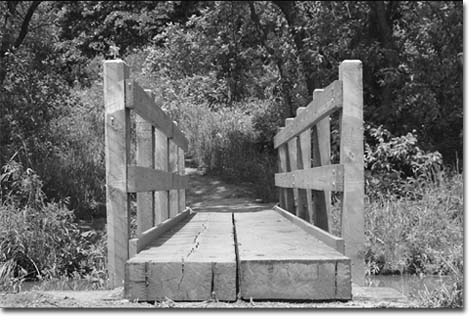|
|
||||
|
Opening the door to East Animas
by Will Sands Landowners and rock climbers are now seeing eye-to-eye along East Animas Road. Four years of negotiation and perspiration came together recently at the East Animas climbing crag and permanent public access is now a reality at the popular area. The cooperative effort is being hailed as a model project for opening access across private parcels. The climbing area above East Animas Road has been a popular draw for climbers since the mid-1970s. With the rock formation known as the Watch Crystal as its dominant feature and more than 60 individual routes, the sandstone cliff stands out as one of Durango’s leading climbing resources. “East Animas is the centerpiece of Durango climbing,” said Jeff Widen, a local resident and Access Fund board member. “It’s definitely the crag for which Durango is known, and there are just great routes up there.” Bill Manning, executive director of Trails 2000, concurred, saying, “That area gets used daily and probably by a dozen people each day if not more. Those crags are some of the best around.” However, there had been no legal access to the climbing area until just recently. The crag sits on Bureau of Land Management land but is separated from County Road 250 by private land. For the last 30 years, access was based on a handshake agreement between landowners and climbers. “The access up there for years was based on a voluntary effort by a landowner,” Widen said. “When you have voluntary access to an area, you never know when the property might change hands or the landowner might change his mind.” Manning added, “In this case, you’ve got a public road nearby public lands, but in between there is private property.” To solve the dilemma, a cooperative effort was launched more than four years ago. It included groups like the Access Fund and Trails 2000, agencies like the Bureau of Land Management and La Plata County, and private individuals and businesses. However, the crux of the effort rested on the a few private landowners – Tony Richter, and Alfred and Suzie Robbins. “This was really big, and there were a ton of partners, probably the most important of which were willing landowners,” Manning said. “A few landowners saw the importance of public access to public lands and made this thing possible.”
lands and made this thing possible.” Establishing legal access to the climbing area came about only after a long, arduous effort. It began nearly a decade ago when the Durango Climbers Coalition approached the BLM and asked that the agency pursue a legal access easement to the climbing area. Several years later, the agency started to work on the project. “Putting it together took four years from when we said ‘let’s do something’ to where we are now,” said Richard Speegle, recreation project leader for the BLM. The bulk of the last four years was spent negotiating a BLM purchase of easements from the landowners. Charlie Higby, BLM realty specialist, worked with the landowners and last fall gained two easements, one for a trail and another for a parking lot. Like Manning, Higby credited the property owners for really making the access possible. “We were really lucky in this project in that we had two 4 private property owners who were willing to work with us,” he said. “We got lucky that we had property owners that also saw the pressing public need.” The BLM was able to purchase a 10-foot-wide, 250-foot-long easement for a new trail on Richter’s property and an easement for a new parking lot on the adjacent Robbins’ property. While the BLM covered the costs of the easements, the federal funding stream ended there. “We only had enough money to purchase the easements,” Speegle said. “So we had to look other places for resources.” Putting together a permanent solution at the East Animas crag required more than a few players. Numerous individuals and businesses also helped make legal access at the climbing area a reality. “I think it really stands out as a great effort,” Widen said. “It was really a model of cooperation, the way these things ought to happen. A lot of people put in a lot of hours on this thing, and it paid off.” In addition to the landowners and the work of the BLM, La Plata County and C & J Gravel teamed up on the construction of the new parking lot. The Access Fund supplemented the entire effort with a financial grant. Moreno Surveying assisted with mapping for the project. The La Plata Electric Association moved a power pole and support structure to facilitate the parking lot. Walecki Construction was largely responsible for the recently completed bridge construction. And Trails 2000 contributed man hours and financial support, which included money from the Jeff Singer Memorial Fund. Widen said that Singer, a Durango climber who died in a motorcycle accident, was also a driving force behind the project. “The other person who deserves credit on this posthumously is Jeff Singer,” he said. “There’s a lot that’s due to Jeff as an inspirational member of the climbing community. A lot of this is a tribute to Jeff’s leadership in the climbing community.” Looking forward, many members of the cooperative effort are hopeful that it can solve similar problems elsewhere in the county. Even though it was a long time coming, access to the East Animas crag has been hailed as a landmark effort. “In the end, we’ve taken a tentative situation and gained permanent legal access in its place,” Manning said. “We do hope that this is a model project because there are many places where access is threatened. Often times the public land is just over the fence, but it doesn’t mean you have a legal right to get there.”
|



